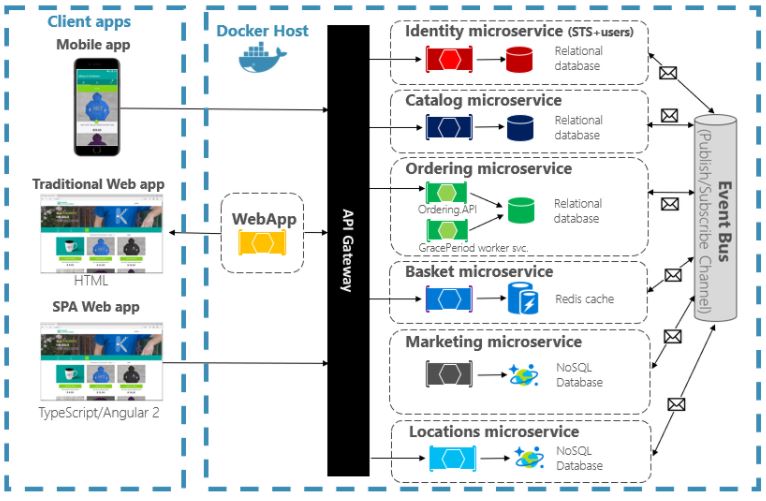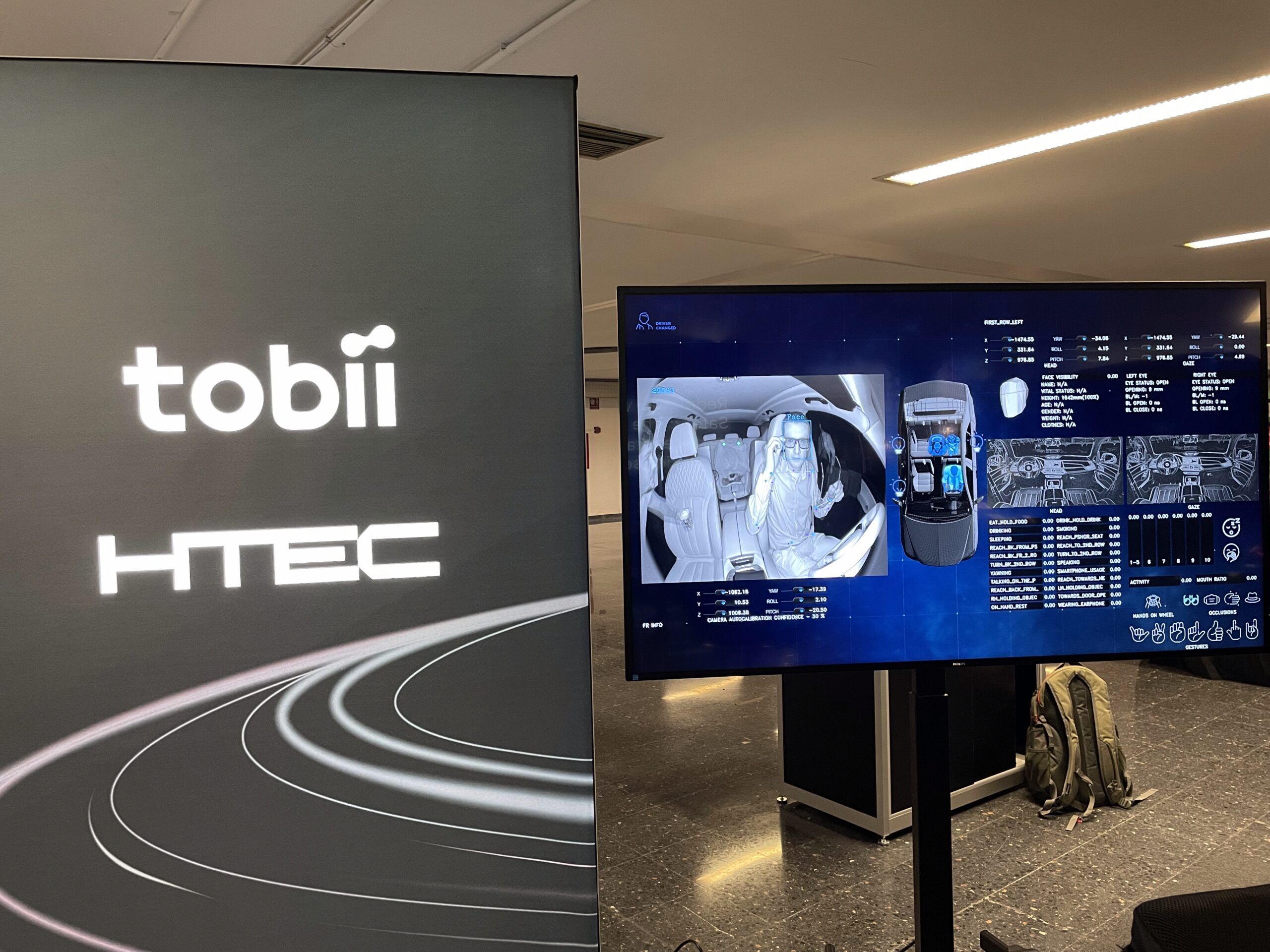Ever since the advent of the cloud-native application concept, new technologies have been empowering organizations to build and run scalable applications within public, private, and hybrid clouds. Containers, service meshes, microservices, immutable infrastructure, and declarative APIs exemplify this approach.
Large M&A deals have contributed to the rise of cloud-native applications. With 92% of organizations worldwide currently deploying at least one cloud-based service, the future of software development is in the cloud.
What are cloud-native applications?
Cloud-native technologies go beyond just running existing apps on a chosen cloud provider. They encompass many aspects of software development, including design, implementation, deployment, and app operation. The cloud-native approach helps build and run applications in such a way that companies reap all the benefits of cloud computing in an optimal manner.
The cloud model deploys open-source software stacks to make app development more streamlined, flexible, functional, and cost-effective. It does so using the following:
- Containerization – Containerization is a software deployment process that bundles an application’s code with the files and libraries into packages called containers. These containers can run on all types of devices and operating systems.
- Dynamic Orchestration – Orchestration tools automatically manage containers so that each one uses the right number of resources based on user needs.
- Microservices – Microservices tools break down applications into smaller sub-services, making it easier for developers to build agile and resilient apps faster.
Role of containers in cloud-native application development
Devs use containers for operating system virtualization, wherein dev teams deploy a single container to run software processes, microservices, or larger applications.
Containers encompass all the libraries, necessary executables, binary code, servers, and configuration files, all pulled together in a decentralized executable package. App developers use them to run virtualized systems and isolate the app from its environment.
The fact that a container is highly portable and the application itself independent of its environment allows developers to run the same container on development, production, and test systems. Horizontal scaling is another huge advantage of containers, as it allows developers to start/stop and add/remove multiple instances depending on user demand.
Why enterprises should adopt cloud-native technologies
Large companies can benefit greatly by using cloud-native applications and technologies. Apps that are developed and deployed within fast-paced cloud environments are agile, resilient, portable, and can scale quickly.
Competitive advantage of cloud-native apps
Enterprises that utilize cloud-native application development will worry less about the cost of their IT processes and infrastructures and focus more on tangible software development and business growth.
Most industries are competitive and oversaturated, so companies that are able to rapidly build and deliver quality applications are more likely to meet customer needs and achieve long-term success in their target market.
Resilience and flexibility
Unlike legacy on-premises architectures that are prone to downtime, cloud-native infrastructures mitigate the risk of hiccups should components of your systems fail. Cloud-native technologies are designed to prevent services from faltering, increasing the chances of building highly resilient cloud architectures that will remain functional in the face of software vulnerabilities.
Due to their flexibility, cloud-native applications can use multiple cloud environments. Enterprises can design apps that run smoothly on any cloud platform, public or private, without having to modify the apps. This helps teams avoid vendor lock-in, which means that app development teams can run their services and apps across various platforms and choose those that make the most sense for their business.
Align goals with business needs
By deploying cloud-native technologies and automating their IT operations, large companies can achieve agile and lean workflows and focus more on priorities that will help their businesses grow.
Additionally, operations are more efficient when there is less risk of human error, and teams are not bogged down in manual admin tasks. With cloud-native app development, live patching and upgrading are automated, removing costly downtime from the equation.
Cloud-native apps vs. Monolithic apps
Building monolithic apps using legacy systems is a straightforward app development cycle:
build → test → deploy → troubleshoot → scale
However, this approach comes with challenges that emerge later as the app evolves. With each new iteration in this legacy environment, the development process enters a “fear cycle” where the app becomes complex, and each change brings unnecessary (and often costly) side effects, including software crashes. The process starts to depend on time- and resource-consuming implementations. The cloud-native approach is a perfect remedy for these rigid environments, allowing applications to be broken down across numerous isolated microservices. Each microservice is a stand-alone component with its own code, data, and dependencies; it is deployed within a separate software container managed by a container orchestrator.

(Image Source: Microsoft)
There are no large relational databases because each service operates within its own flexible datastore (type varies based on the data type a particular service needs). In the image above, you can see that certain services depend on NoSQL databases, some depend on a relational database, and one stores its state in a distributed cache.
The traffic goes through an API Gateway service that directs it to the core back-end services. This environment enables dev teams to deploy, upgrade, scale, and restart each microservice without affecting other services in the same application.
When it comes to security threats, cloud-native application architectures offer reliable ways to minimize cyber risks using the following three principles:
- Faster repair of vulnerable software (you can perform it as soon as updates are available)
- More frequent server and app repaving from a known-good state
- Easier and more frequent rotation of user credentials
Tips for adopting cloud-native applications
To buy or to build?
Open-source automation and container-based architectures allow teams to create their own platforms, but this DIY approach tends to hinder actual app development, as it entails tasks like deployment, component selection, integration, and continuing maintenance.
With that in mind, developers should choose the optimal solution according to their unique needs, workloads, workflows, and business goals.
Decide which workloads should go cloud-native
Despite the advantages of modern cloud systems, it’s usually not an optimal solution to convert all your applications to cloud-native technologies. Companies should make sure that IT specialists and business professionals work together to decide which projects and workloads should have priority status. The best way to do this for each application is to determine the:
- Technical feasibility
- Strategic importance
- ROI (return on investment)
Starting small with cloud migrations
We suggest enterprises start with smaller, low-risk apps that are not frequently synced, not highly distributed, and do not use heavy loads of user data. Be sure to consider all the dependencies and services that a given app contains prior to making the move, as certain app components may depend on outbound factors like databases and email service platforms.
We also recommended confirming whether all app components can operate on both cloud-native and legacy technologies. This way, you can mitigate potential breakdowns and hiccups.
Embrace collaboration and adopt a cloud-native mindset
Going cloud-native successfully depends on collaboration across all your teams, from developers and DevOps to NetOps and SecOps teams, and they should all be on the same page during all the stages of the process.
Rarely can a company do this with just a developer and the DevOps team, especially if you want secure and high-performing cloud-native applications.
Native cloud trends to watch
Expect more cloud standardization
As the number of tech innovations based on cloud-native concepts increases, so does the need for more clarity and industry standards. Large tech enterprises are already on the lookout for cloud standardization and are ready to re-equip product roadmaps to stay ahead of the curve.
Management over developers
Cloud-native adoption is much more than a “lift and shift” process and doesn’t just rely on developer skill sets. Management will have a much bigger role in adopting cloud-native infrastructures than previously thought – even in terms of actual code writing and leveraging all the advantages of cloud-native architectures.
Enterprises will remain divided between automation and configuration
We are witnessing the emergence of new concepts, frameworks, and architectures based on cloud-native services. As companies try to minimize the time it takes developers to scale, configure, and maintain cloud systems themselves, enterprises will remain torn between automation and leaving certain maintenance levels to developers.
Want to learn more about how our technology expertise can transform your business? Explore our Technical Strategy and Software & HiTech capabilities.





